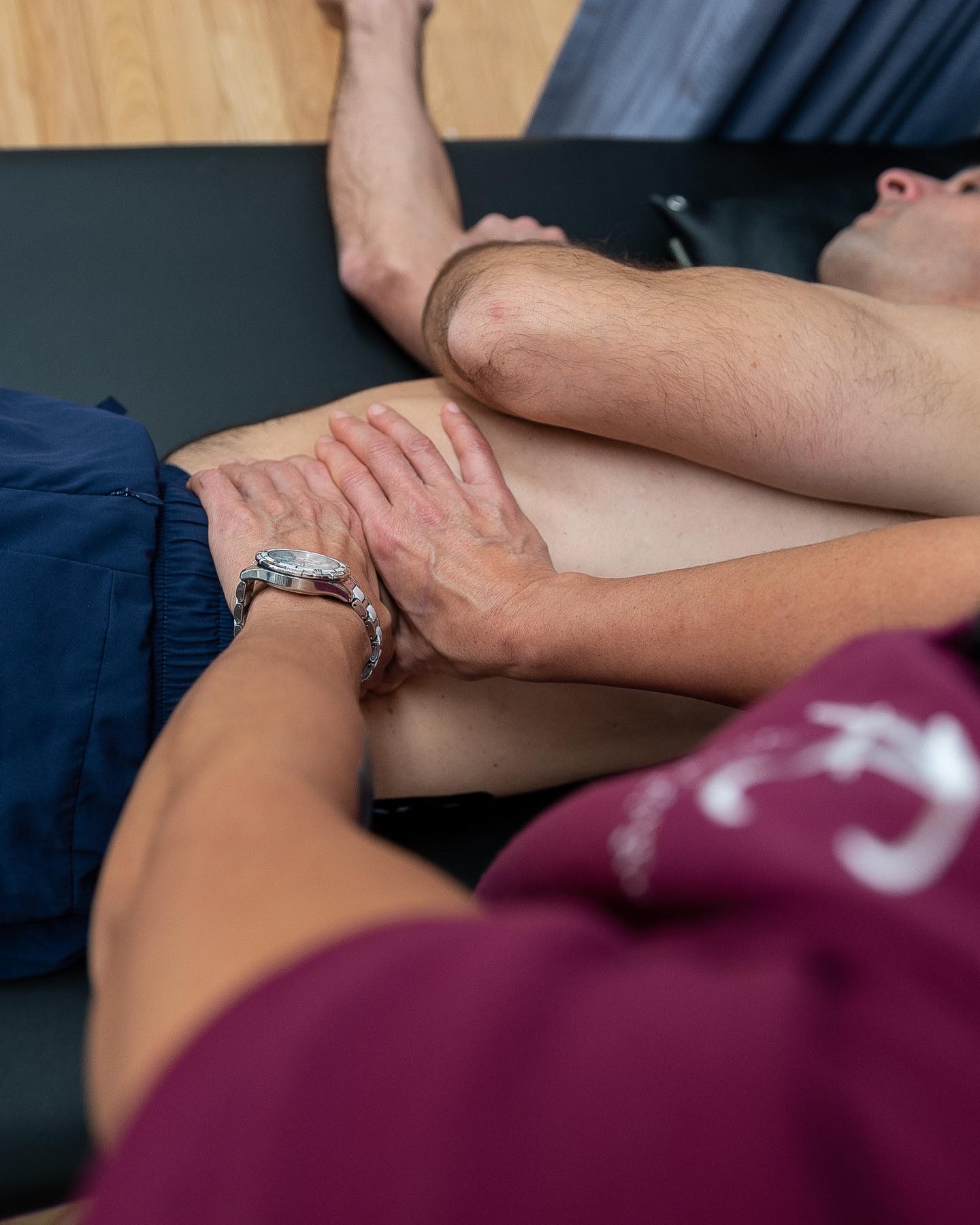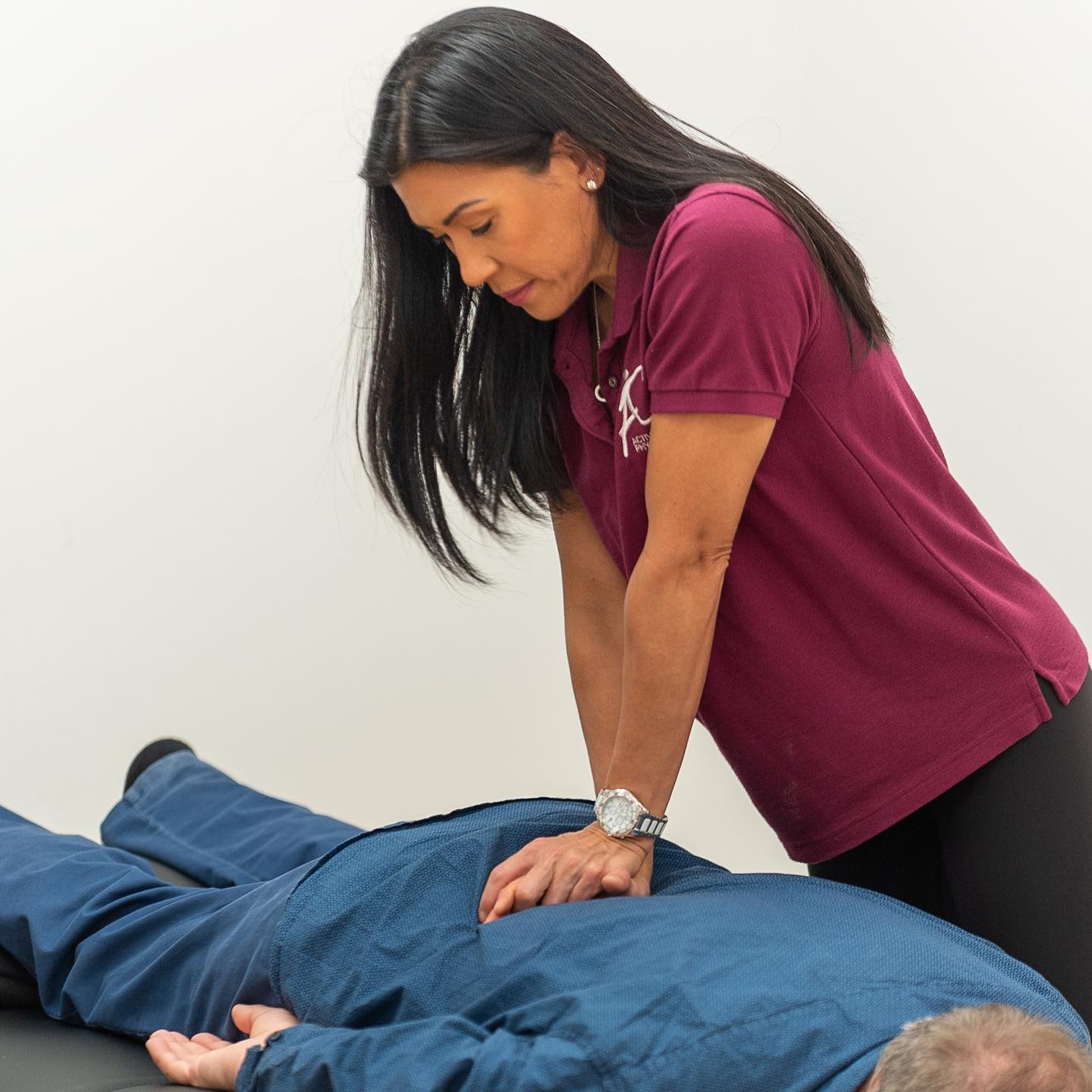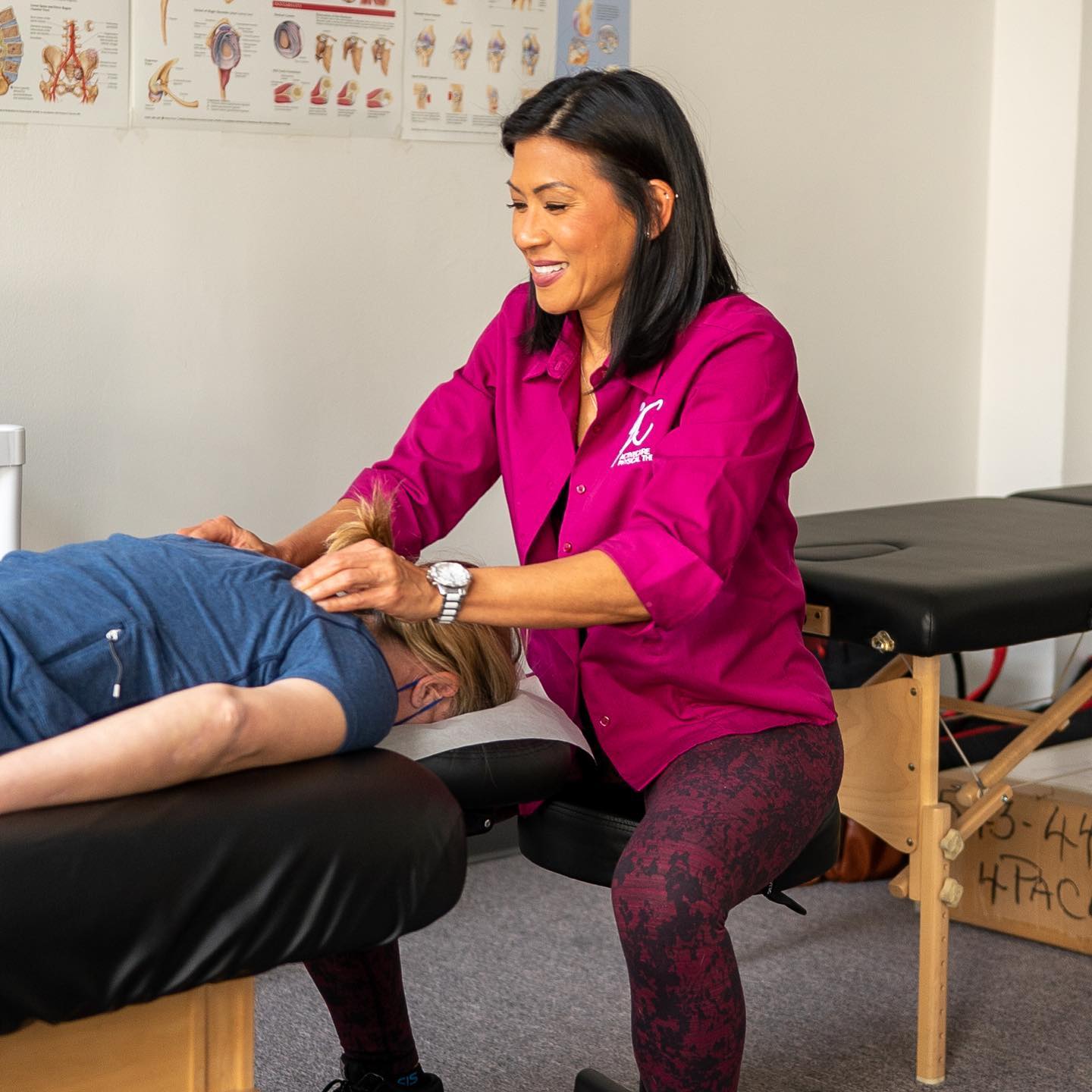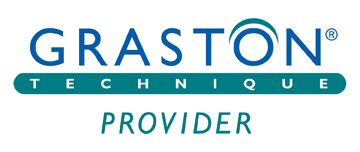Massage
a valuable adjunct to physical therapy
Massage therapy can be a valuable adjunct to physical therapy, enhancing the overall effectiveness of treatment. By integrating massage into a physical therapy regimen, patients often experience improved blood circulation and reduced muscle tension, which can facilitate more effective stretching and strengthening exercises. This combination helps in accelerating the healing process, as the enhanced blood flow brings more oxygen and nutrients to the affected tissues, promoting faster recovery.
In addition to physical benefits, massage therapy can address pain management and improve patient comfort during physical therapy. Techniques such as deep tissue or myofascial release can target specific muscle groups, alleviating discomfort and making it easier for patients to engage in therapeutic exercises. This reduction in pain and discomfort can lead to better adherence to the physical therapy program, ultimately contributing to more successful rehabilitation outcomes.


massage therapy can also support mental well-being
Moreover, the integration of massage therapy can also support mental well-being during the physical recovery process. The relaxation and stress relief provided by massage can help patients manage the emotional challenges associated with injury and rehabilitation. This holistic approach not only addresses the physical aspects of recovery but also supports overall mental and emotional health, leading to a more balanced and comprehensive treatment experience.












.jpg)



